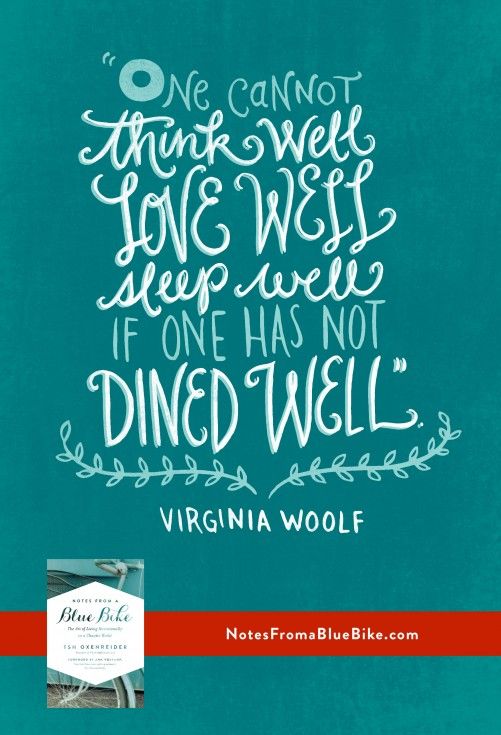My husband and I recently met some new friends. We immediately felt a warmth and connection, a desire to know them more. We’ve been doing this friendship thing for almost 23 years now, forming new bonds with other people, together as a couple.
“Going there”—exposing ourselves, becoming vulnerable and known. We all want to be loved, valued, and accepted. It’s just how we’re wired inside, but for many it’s a rough road to get there.
I was thinking about this last weekend, how my love language is food. You’ve probably read about the five ways that people like to experience and give love: words of affirmation, physical touch, quality time, receiving gifts, and acts of service. But for me, I know that FOOD is what I’m all about. My love language is food.
And not just the four basic food groups, though I like those a lot. I mean all that food represents. It’s more than taste, calories, sustenance. It’s what sitting down and communing with others represents – the somewhat lost art of what it means to get together with others.
My husband and I love to take relationships to the next level through the sharing of a meal. It always involves food.
Getting down to the nitty-gritty, around our dinner table, is the way I can show love and care about people, when gifts and sometimes words are uncomfortable. It says “I love you” without any physical touch (okay, well, I do often give a hug at the end of the evening). It’s a way to bring people together, to love on them, to listen, to nourish, and then when the night is over, I will know that I have done my job.
We’ve learned to do it together as a couple, but it doesn’t always have to be this way. We are individuals and we all have our own passions and ways to show love.

The love language of food is in my DNA. I really do think I was born with it, passed onto me from my parents and especially my mother. It’s a gift she gave to me, and I feel that I need to pass it onto others. Another way of “paying it forward.”
Hey, do you want to come for dinner?
Inviting people. Who should get to know who? Who could benefit by knowing this person, or that couple?
Planning the menu. Simplicity is the best form of happiness. Good food can be simple and healthy. Actually, the best is right from the garden.
Cooking the food. No long drawn-out recipes for me. Chop, serve it fresh, grill or broil, and make the plate colorful. *
Serving the guests. We like to serve; it’s just our style. Don’t get up, we’ll bring it to you.
Cleaning up. After they leave, we get our hands deep in the suds, push “start” on the dishwasher, then fall in to bed.
We’re in deep. Entertaining defines us.
When I think of my friends, the ones I want to cultivate deeper friendships with, the ones I find value in and want to get to know more, I can’t even imagine not having a meal with them.
You sit, relax, engage, pour your heart out, become authentic and vulnerable, and usually it’s mutually pleasurable. You learn pretty quickly from the times that it’s not.
The love language of food has a way of bringing down walls, because you’re less guarded and more trusting when sharing a meal.
It’s innately a trusting act.
It truly shows love.
Have you thought about your love language, and how it relates to serving others around your table?
*Cooking the food: Tsh explores the Slow Food movement in her new book, Notes from a Blue Bike, where she dives into growing, shopping, cooking, and dining; leading her young family into a healthy lifestyle of “normal,” which involves her 80/20 vision, and communing with others.
*Psst: Want the recipe for that gorgeous salad pictured at the top? Go here.



